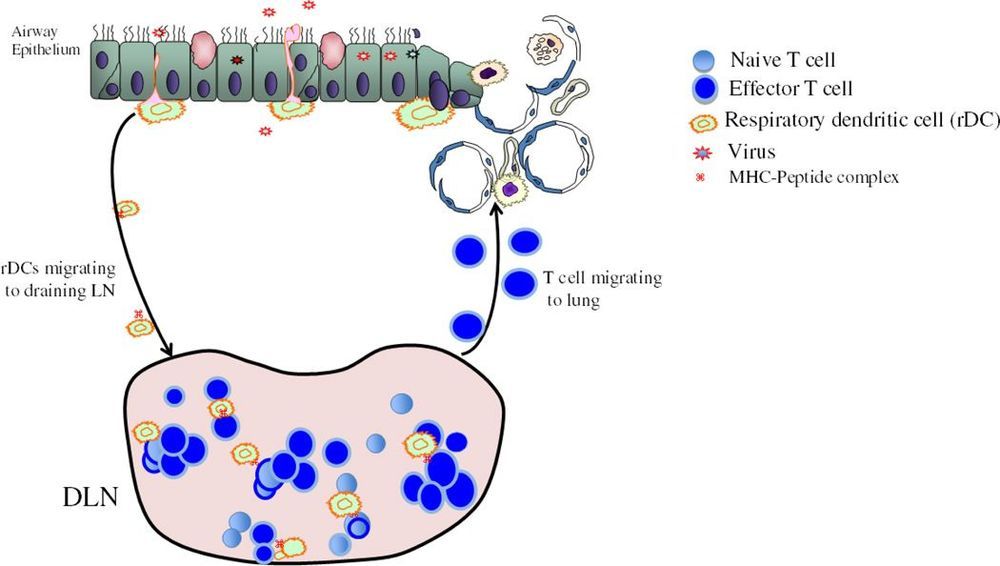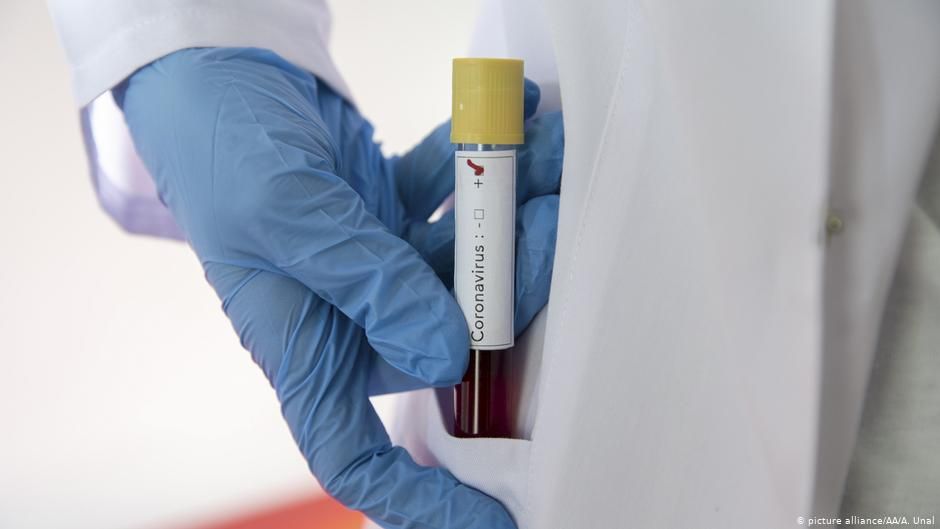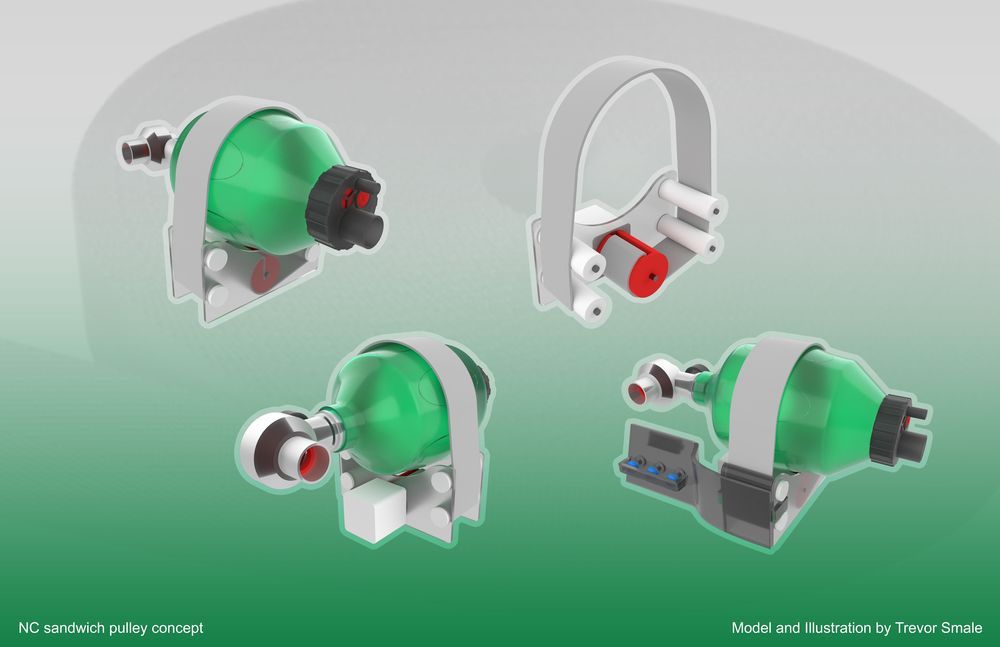Mar 20, 2020
Why Intel Is Investing In Neuromorphic Computing
Posted by Derick Lee in categories: computing, quantum physics
The neuromorphic approach is still in deep research, and is being investigated by Intel, IBM, HPE, MIT, Purdue, Stanford and others. It will likely be deployed in production solutions within the next three to five years. Like quantum computing, there is potential for a future solution than could be 1,000–10,000 times more efficient than the digital processing approach that is currently in vogue. But also like quantum, neuromorphic computing will require a lot of research to reach fruition. When it does, it will likely only be applied to a specific set of challenges. I will continue to watch with interest.
Analyst Karl Freund takes a look at Intel’s recent announcements in the realm of neuromorphic computing.


















